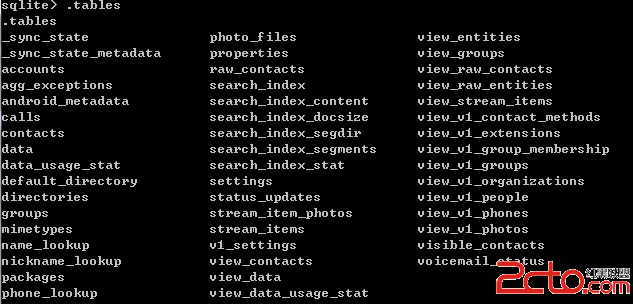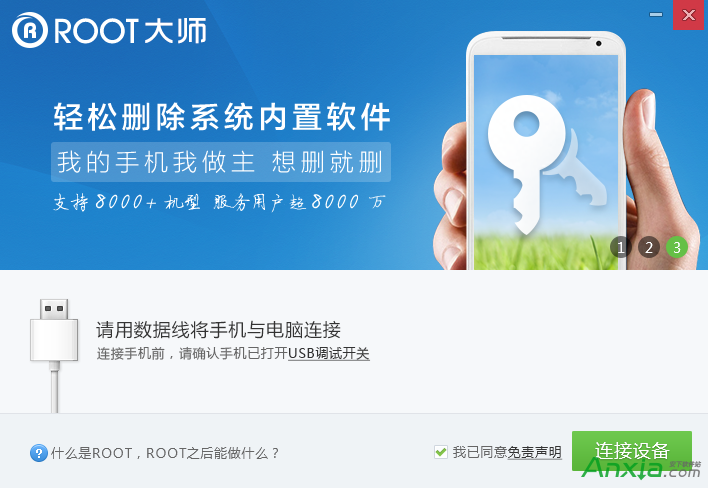相信大家在做應用調試的時候,不可能時時通過USB線連著電腦去查看log信息,所以,將應用的log信息保存到手機本地就很有必要了,有助我們從這些log信息中提取有用的部分,以解決一些bug,下面我把網上分享的代碼中作了一些精簡,作為開發者使用,個人覺得沒必要通過用戶上傳給我們,用戶上傳的不需要這麼龐大的log信息,僅僅那部分崩潰的log信息即可,可參考我的另外一篇blog:http://blog.csdn.net/weidi1989/article/details/7927273。
好了,廢話不多說,直接分享封裝好的log信息類:LogcatHelper
package com.way.util;
import java.io.BufferedReader;
import java.io.File;
import java.io.FileNotFoundException;
import java.io.FileOutputStream;
import java.io.IOException;
import java.io.InputStreamReader;
import android.content.Context;
import android.os.Environment;
/**
* log日志統計保存
*
* @author way
*
*/
public class LogcatHelper {
private static LogcatHelper INSTANCE = null;
private static String PATH_LOGCAT;
private LogDumper mLogDumper = null;
private int mPId;
/**
*
* 初始化目錄
*
* */
public void init(Context context) {
if (Environment.getExternalStorageState().equals(
Environment.MEDIA_MOUNTED)) {// 優先保存到SD卡中
PATH_LOGCAT = Environment.getExternalStorageDirectory()
.getAbsolutePath() + File.separator + "miniGPS";
} else {// 如果SD卡不存在,就保存到本應用的目錄下
PATH_LOGCAT = context.getFilesDir().getAbsolutePath()
+ File.separator + "miniGPS";
}
File file = new File(PATH_LOGCAT);
if (!file.exists()) {
file.mkdirs();
}
}
public static LogcatHelper getInstance(Context context) {
if (INSTANCE == null) {
INSTANCE = new LogcatHelper(context);
}
return INSTANCE;
}
private LogcatHelper(Context context) {
init(context);
mPId = android.os.Process.myPid();
}
public void start() {
if (mLogDumper == null)
mLogDumper = new LogDumper(String.valueOf(mPId), PATH_LOGCAT);
mLogDumper.start();
}
public void stop() {
if (mLogDumper != null) {
mLogDumper.stopLogs();
mLogDumper = null;
}
}
private class LogDumper extends Thread {
private Process logcatProc;
private BufferedReader mReader = null;
private boolean mRunning = true;
String cmds = null;
private String mPID;
private FileOutputStream out = null;
public LogDumper(String pid, String dir) {
mPID = pid;
try {
out = new FileOutputStream(new File(dir, "GPS-"
+ MyDate.getFileName() + ".log"));
} catch (FileNotFoundException e) {
// TODO Auto-generated catch block
e.printStackTrace();
}
/**
*
* 日志等級:*:v , *:d , *:w , *:e , *:f , *:s
*
* 顯示當前mPID程序的 E和W等級的日志.
*
* */
// cmds = "logcat *:e *:w | grep \"(" + mPID + ")\"";
// cmds = "logcat | grep \"(" + mPID + ")\"";//打印所有日志信息
// cmds = "logcat -s way";//打印標簽過濾信息
cmds = "logcat *:e *:i | grep \"(" + mPID + ")\"";
}
public void stopLogs() {
mRunning = false;
}
@Override
public void run() {
try {
logcatProc = Runtime.getRuntime().exec(cmds);
mReader = new BufferedReader(new InputStreamReader(
logcatProc.getInputStream()), 1024);
String line = null;
while (mRunning && (line = mReader.readLine()) != null) {
if (!mRunning) {
break;
}
if (line.length() == 0) {
continue;
}
if (out != null && line.contains(mPID)) {
out.write((MyDate.getDateEN() + " " + line + "\n")
.getBytes());
}
}
} catch (IOException e) {
e.printStackTrace();
} finally {
if (logcatProc != null) {
logcatProc.destroy();
logcatProc = null;
}
if (mReader != null) {
try {
mReader.close();
mReader = null;
} catch (IOException e) {
e.printStackTrace();
}
}
if (out != null) {
try {
out.close();
} catch (IOException e) {
e.printStackTrace();
}
out = null;
}
}
}
}
}
記得加上權限:
<uses-permission android:name="android.permission.WRITE_EXTERNAL_STORAGE" />
<uses-permission android:name="android.permission.READ_LOGS" />
另外把那個時間的工具類也分享一下:
package com.way.util;
import java.text.SimpleDateFormat;
import java.util.Date;
public class MyDate {
public static String getFileName() {
SimpleDateFormat format = new SimpleDateFormat("yyyy-MM-dd");
String date = format.format(new Date(System.currentTimeMillis()));
return date;// 2012年10月03日 23:41:31
}
public static String getDateEN() {
SimpleDateFormat format1 = new SimpleDateFormat("yyyy-MM-dd HH:mm:ss");
String date1 = format1.format(new Date(System.currentTimeMillis()));
return date1;// 2012-10-03 23:41:31
}
}
OK,所有事情做完之後,在我們的應用中start一下就OK了,使用完之後,記得調用一下stop:
public class GPSApplication extends Application {
@Override
public void onCreate() {
// TODO Auto-generated method stub
LogcatHelper.getInstance(this).start();
}
}
 Android3.0 ActionBar導航標題欄使用解析
Android3.0 ActionBar導航標題欄使用解析
 Android四大組件-ContentProvider
Android四大組件-ContentProvider
 android編程之menu按鍵功能實現方法
android編程之menu按鍵功能實現方法
 刷機大師刷安卓手機方法
刷機大師刷安卓手機方法